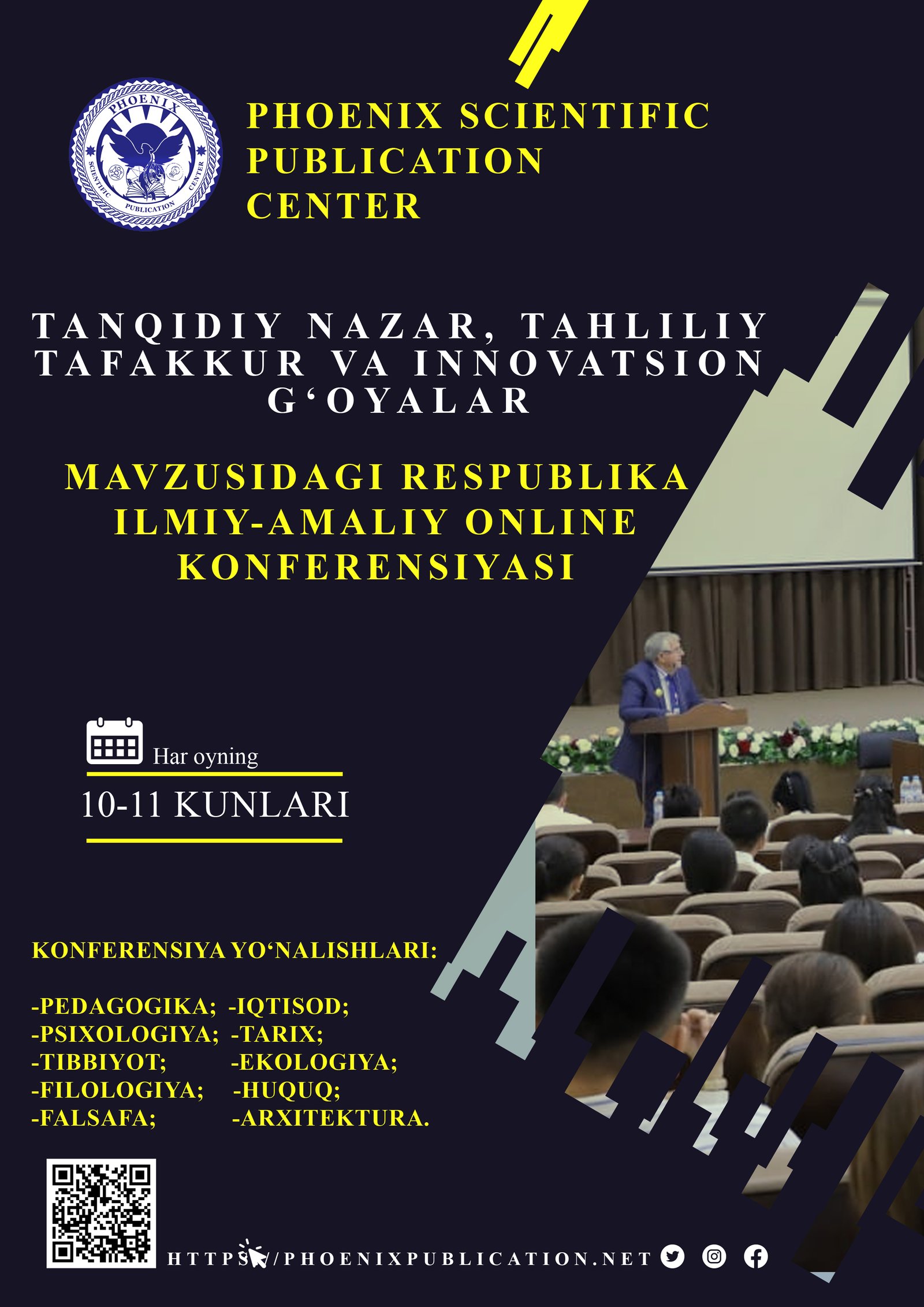Abstract
This article looks at how social media is used in learning English and whether it actually helps learners improve or simply entertains them. With the rise of platforms like YouTube, TikTok, and Instagram, students are now using digital spaces to hear and practice English outside the classroom. This study combines a short review of past research with a student survey to explore how useful these platforms really are. The results show that many learners benefit from watching videos and picking up new vocabulary, but there are limits — especially when it comes to grammar or structured learning. While social media can be a fun and helpful tool, it works best when learners use it actively and with clear goals. The paper also gives suggestions for both students and teachers on how to use social media more effectively for language learning.
References
1. Benson, P. (2011). Teaching and researching autonomy. Routledge.
2. Blake, R. J. (2016). Technology and language skills. Language Learning & Technology, 20(2), 129–142.
3. Dörnyei, Z. (2009). The L2 motivational self system. Multilingual Matters.
4. Ghazal, L., Almarzooq, H., & Baqer, Z. (2019). Instagram and vocabulary learning. Journal of Language Teaching and Research, 10(6), 1225–1233.
5. Krashen, S. (1982). Principles and practice in second language acquisition.
6. Liaw, M.-L. (2017). Online social networking and language learning. Computer Assisted Language Learning, 30(1–2), 37–60.
7. Vygotsky, L. S. (1978). Mind in society. Harvard University Press.
8. Wang, S., & Vásquez, C. (2012). YouTube and SLA. CALICO Journal, 29(3), 412–430.
